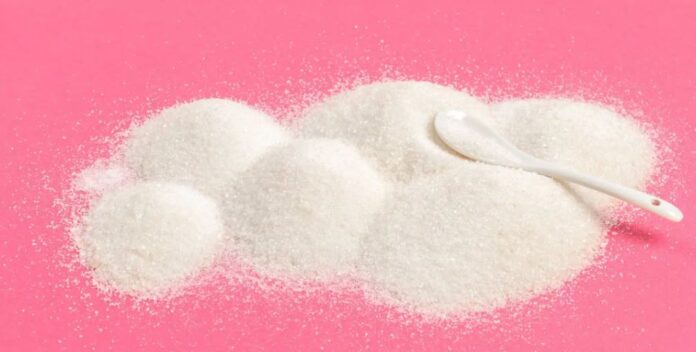The tragic death of Liam Payne, former member of the pop sensation One Direction, has been linked to the use of “pink cocaine,” a dangerous synthetic drug cocktail. According to reports, Payne had multiple substances in his system at the time of his passing, including crack cocaine, benzodiazepines, and pink cocaine.
Originating from Colombia, pink cocaine—a potent blend of substances like ketamine, MDMA, and amphetamines—has gained notoriety for its unpredictable and often lethal effects. Known to cause heart failure and severe psychosis, the drug has become a growing concern worldwide.
Payne’s death is the latest in a series of alarming incidents connected to the substance, which has also surfaced in the ongoing sex trafficking investigation involving Sean “Diddy” Combs. Authorities have reported additional fatalities linked to the drug globally, raising fears of its widespread dangers.
The music world mourns the loss of Payne as investigations continue into the circumstances surrounding his death and the deadly impact of pink cocaine.
What is Pink Cocaine
“Pink Cocaine” is a slang term for a synthetic recreational drug known as “Tusi” (also spelled “2C-B”), which has gained popularity in South America, particularly in Colombia. Despite the name, pink cocaine is not actually related to traditional cocaine. It is often a mix of several substances, including ketamine, MDMA (ecstasy), and amphetamines, which give it unpredictable and often dangerous effects. The powder is typically dyed pink to enhance its appeal and distinctiveness in illicit markets.
Here are some key facts about pink cocaine:
- Unpredictable Composition: Pink cocaine is a street drug, and its composition varies widely. It may contain different synthetic substances in varying quantities, making it difficult to know exactly what users are ingesting.
- Effects: Users report a mix of stimulant and hallucinogenic effects, ranging from feelings of euphoria to intense paranoia. However, due to the drug’s inconsistency, it can also cause severe adverse effects, including psychosis, heart failure, and seizures.
- Health Risks: Pink cocaine’s unpredictable ingredients make it highly dangerous, often leading to overdose, addiction, and even death. Side effects can include increased heart rate, hyperthermia, and respiratory failure.
- Origin: Initially associated with elite parties in Colombia, pink cocaine has been spreading to other parts of the world, often linked to affluent social scenes.
- Rising Popularity: Despite its dangers, the drug has gained popularity due to its perceived status symbol in certain circles, as well as its distinctive color and branding.



